Witness The Magnificient St Francis CSI Church In Kochi In 2025
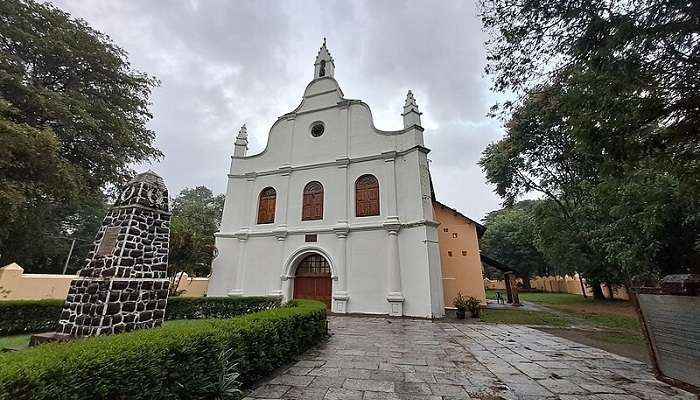
St Francis CSI Church is a testament to Kochi’s rich history and diverse cultural heritage. Nestled in the heart of this bustling port city, this ancient church incorporates European architecture with local Indian elements, creating a unique spiritual landmark. Originally built by Portuguese explorers in 1503, the church was reconstructed in the early 16th century by Portuguese missionaries. This iconic structure has witnessed the ebb and flow of empires, from the Portuguese to the Dutch and finally, the British, each leaving their mark on its architecture and history. It remains a serene sanctuary of faith, history, and architectural splendour. This article will explore the fascinating story behind one of Kerala’s oldest European churches and its enduring significance in modern-day Kochi.
About St Francis CSI Church
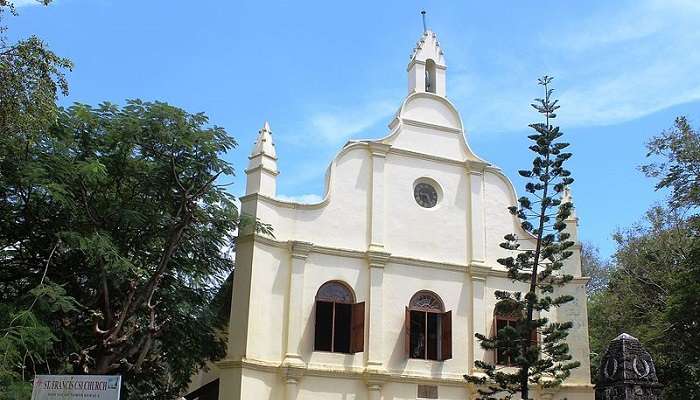
Standing tall in Fort Kochi, St Francis CSI Church is not just a place of worship but a testament to Kerala’s rich history. Built in 1503, it holds the distinction of being one of the oldest European churches in India. The Portuguese established it and named it after St. Bartholomew. The church has seen several transformations, mirroring the changing political power. After the Dutch captured Kochi in 1663, they renovated the church in their style and even built a cemetery next to it. The British takeover in 1795 led to the church being handed over to the Anglican Church and subsequently renamed. It falls under the Church of South India (CSI) administration today.
Beyond its historical significance, St Francis CSI Church is known for its unique architecture. It boasts a lofty structure with a tiled gabled roof. The church maintains a sense of simplicity, focusing on the wooden ceiling, old floor tiles, and a preserved pulpit. Look closely, and you might even spot a functional cloth fan, a true relic of the past. Whether you’re a history buff or appreciate beautiful architecture, St Francis CSI Church is a must-visit in Kochi.
Must Read: Places To Visit In Kerala
History Of St Francis CSI Church
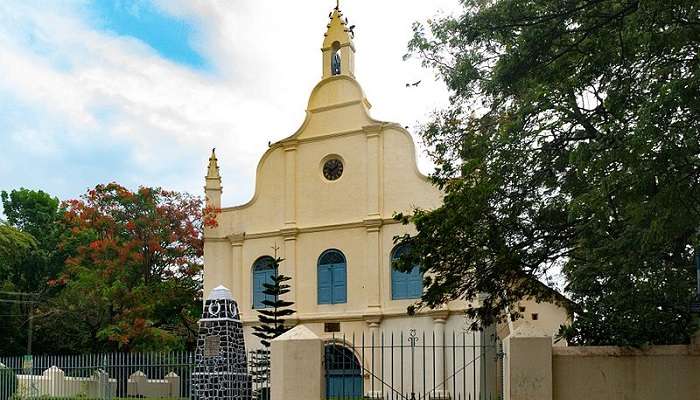
The St Francis CSI Church in Kochi dates back to 1503, making it the first European church built in India. Its credit goes to Portuguese explorer Pedro Alvarez Cabral and the Franciscan friars who arrived with him. Initially constructed using wood and mud, it stood within the Portuguese fort and was dedicated to St. Bartholomew. The church underwent a significant change in 1516. Rebuilt with stone, it was then renamed after St. Antony. This period also witnessed a notable event – the mortal remains of Vasco da Gama, the famed Portuguese explorer, were laid to rest here after he died in Kochi in 1524. But after fourteen years, his remains were relocated to Lisbon, Portugal.
The 17th century ushered in a power shift. The Dutch captured Kochi in 1663. Unlike the Catholic Portuguese, the Dutch were predominantly Protestant. Interestingly, they didn’t demolish St Francis Church, the sole exception among all the churches in the area. Instead, they repurposed it as their place of worship, making alterations to suit their Protestant practices. This period also saw the construction of a Dutch cemetery adjoining the church, a testament to their era in Kochi. The Dutch reign eventually ended in 1795, with the British controlling Kochi. Subsequently, the church came under the administration of the Anglican Church. By 1886, it had undergone renovations and a name change. The story doesn’t end there. In 1949, the Church of South India (CSI) took over the management and administration of St. Francis Church. Today, it is a beautiful monument, a silent witness to the changing tides of colonialism in India.
Architecture Of The Church
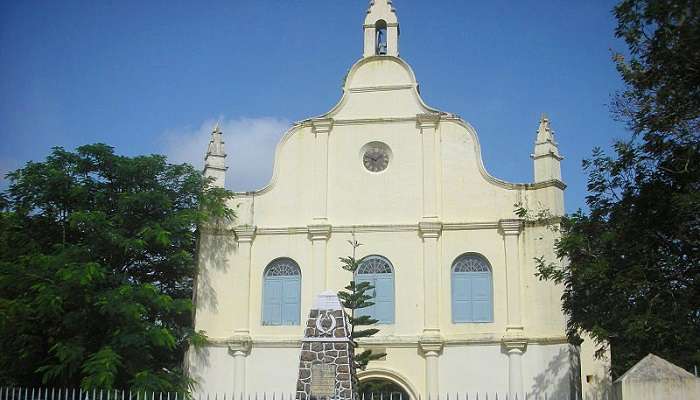
The St. Francis CSI Church in Kochi boasts a rich architecture, reflecting its long and fascinating history. Originally built in 1503 by Portuguese explorer Pedro Alvarez Cabral, the church initially sported a simple wooden structure. This early iteration was dedicated to St. Bartholomew. Recognising the area’s strategic importance, the Portuguese Viceroy Francisco de Almeida secured permission from the local Raja to rebuild the church in stone and masonry around 1506. This reconstruction marked a shift towards a more permanent and grander design. While the exact architectural style of the church is debated, it exhibits a confluence of influences.
The church’s exterior facade is particularly noteworthy. It features a lofty structure with a distinctive gabled roof, built using a timber frame and covered with terracotta tiles, creating a sense of height and grandeur. Flanking the facade are two impressive stepped pinnacles, adding a touch of grandeur and symmetry. The overall impression is elegance and solidity, befitting a place of worship. Stepping inside the church, one encounters a serene atmosphere. The interior is relatively simple, adhering to Protestant principles. However, there are several noteworthy elements. Crafted from wood, the pulpit is a beautifully preserved piece showcasing traditional craftsmanship. A unique feature is a very old, functional fan made of cloth, a testament to the church’s ingenuity and resourcefulness. The wooden ceiling and floor tiles, likely dating back centuries, add to the church’s historical charm.
Suggested Read: Kathrikadavu
Timings, Fees, And Best Time To Visit
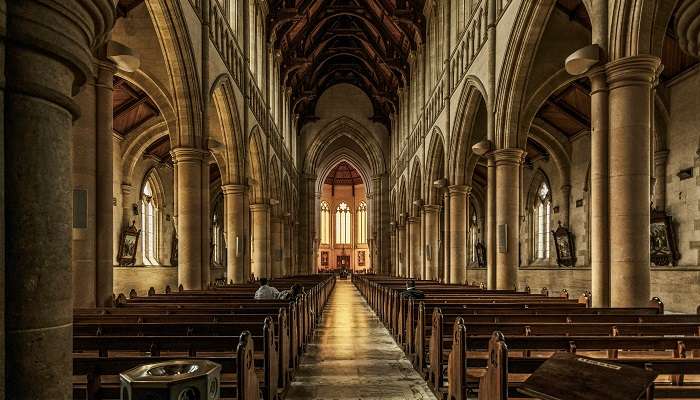
Generally, the church is open to tourists on the following days:
Entry to the church is free, making it an accessible destination for tourists and locals interested in exploring its rich history. The best time to visit St Francis CSI Church is during the cooler months from October to March. During this period, the weather in Kochi is more pleasant, allowing visitors to explore the church and the surrounding Fort Kochi area, filled with historical and cultural attractions. Additionally, visiting during this time aligns with the peak tourist season, ensuring that other facilities and services are fully operational.
Weekdays (Monday to Saturday): 7:00 AM to 6:30 PM
Sundays: 8:30 AM to 6:30 PM
Further Read: Neendoor Park
St Francis CSI Church shows Kochi’s long history and mix of cultures. It has interesting building styles and is important for both history and religion. It’s a great place to visit if you’re in Kochi. Book your trip to Kochi today and travel through time and culture. Don’t miss the opportunity to witness this architectural marvel firsthand and create unforgettable memories in one of India’s most enchanting cities.
For our editorial codes of conduct and copyright disclaimer, please click here.
Cover Image Credit: Chiring Chandan for Wikimedia Common
Frequently Asked Questions About St Francis CSI Church
What is the full form of the CSI church?
The full form of the CSI church is the Church of South India. It's a major Protestant denomination in South India, formed in 1947 by uniting various Protestant churches in the region.
What are some interesting things to see at St. Francis Church?
The church is known for its unique combination of European and Indian architectural styles. Notable features include its simple facade, gabled timber-framed roof, high ceilings, wooden pulpit, and confessionals, all contributing to its distinct and captivating charm.
Can I take photos or videos inside St. Francis CSI Church?
While photography and videography may be permitted, respecting the church's rules is crucial. Always look for signage or seek permission from the church authorities before capturing any moments. Remember to be considerate and refrain from taking photos or videos during services.
Does St. Francis Church hold special events?
The church holds special events during major Christian festivals like Christmas and Easter. If you visit during these times, be aware that services and events may affect visiting hours.
What is the address of St. Francis CSI Church?
The church's address is Head Post Office, Saint Francis Church Road Opp, Fort Kochi, Kochi, Kerala 682001.
People Also Read:
Churches In Switzerland Churches in Mexico Churches In Ottawa
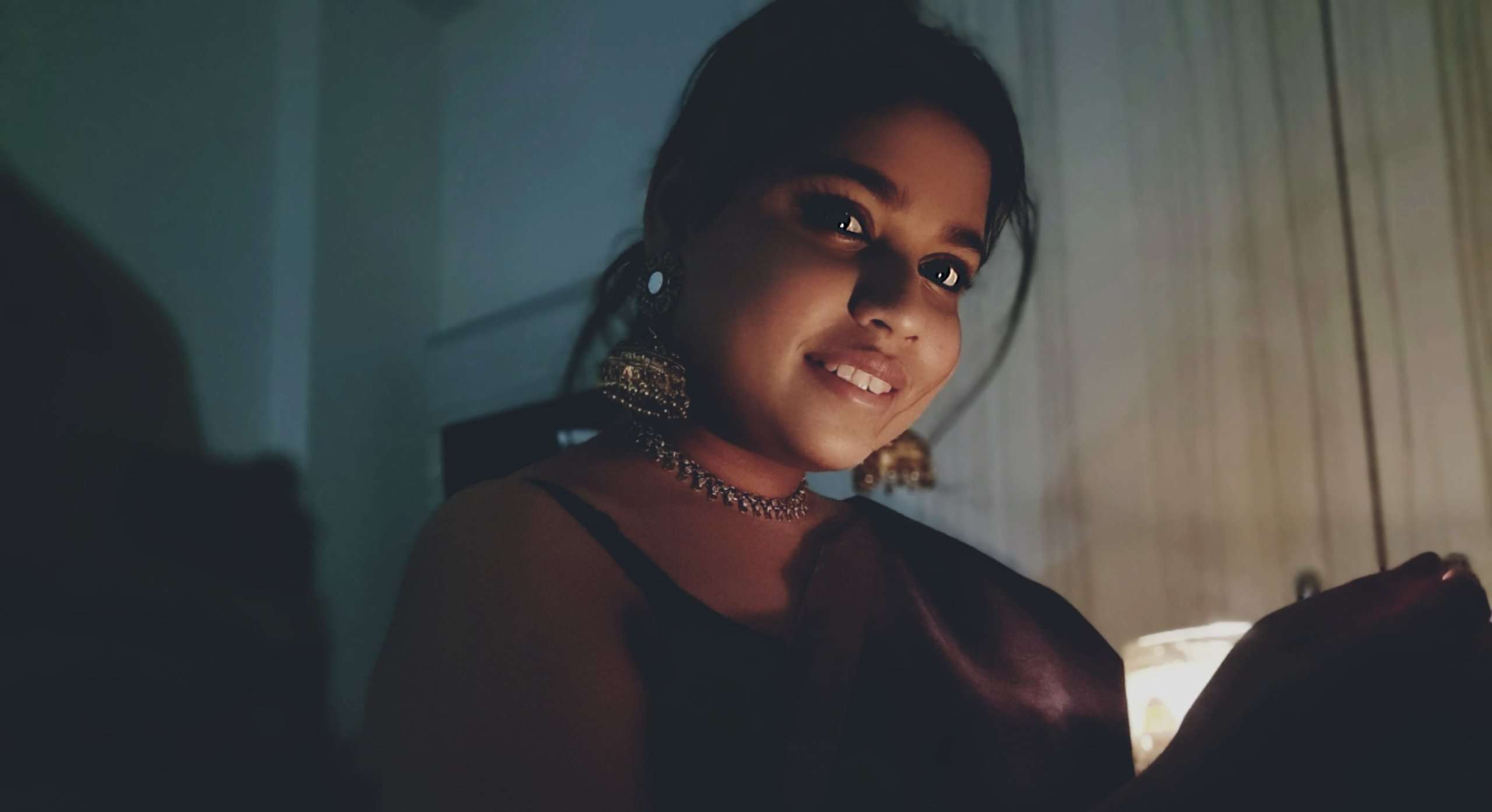
As a Travel Content Writer, I live to conquer the world of globetrotting with words. With my unquenchable thirst for storytelling, I believe that my words will inspire you to travel around the world’s breathtaking landscapes. As for me, I am an unapologetic selenophile, who loves to wander around in a starry night!











